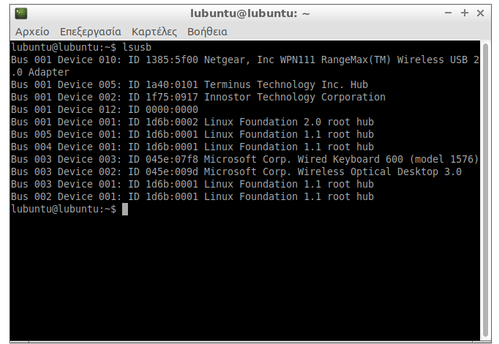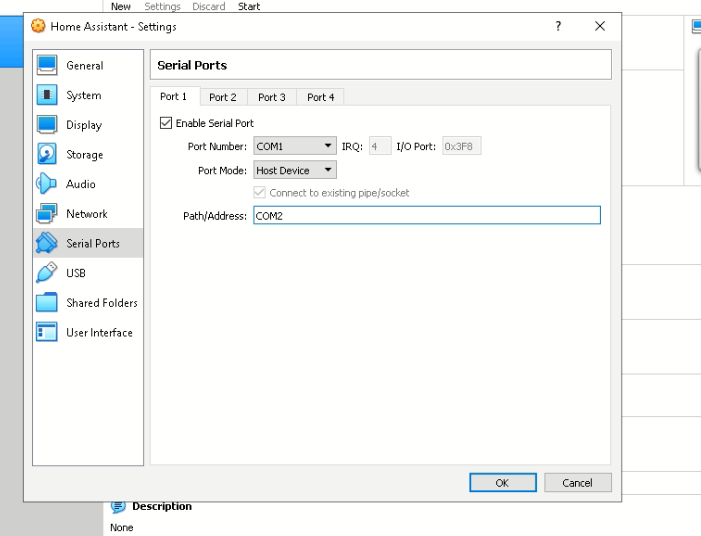


Interface.Learn how to use the lsusb tool in Linux with a practical example. # Then use xusb to get details of the VID/PID: To get the latest binaries, extract the 7z release and look in examples directory. Listdevs.exe ( CLI) - You can use some of the libusb based tools found in their github. USBview.exe ( GUI & CLI) - available in same location as above. The binaries are now available under:Ĭ:\Users\XXXX\Downloads\Windows Kits\10\WDK\Installers\Tools\圆4\devcon.exe Then extract and run only the Windows Driver Kit-x86_en-us.msi installer. To download the wdksetup.exe run and extract the WDK for use on a separate computer. Here are your options:ĭevCon.exe ( CLI) which is available in sources from the github repo, or alternatively can be obtained from the Windows SDK, WDK (Windows Driver Kit) or EDWK. However, and unfortunately there is not one single tool like lsusb which does it all. There are several tools available for this purpose. Both 32-bit and 64-bit systems are supported. This utility works on Windows 2000, Windows XP, Windows 2003, Windows Vista, Windows Server 2008, Windows 7, Windows 8, and Windows 10. If you distribute this utility, you must include all files in the distribution package, without any modification ! You are allowed to freely distribute this utility via floppy disk, CD-ROM, Internet, or in any other way, as long as you don't charge anything for this. sxml Save the list of all USB devices to XML file. sverhtml Save the list of all USB devices into HTML file (Vertical). shtml Save the list of all USB devices into HTML file (Horizontal). stabular Save the list of all USB devices into a tabular text file. scomma Save the list of all USB devices into a comma-delimited text file. stab Save the list of all USB devices into a tab-delimited text file. Looking at the vendor's website, I find it can also be run as a command line tool.Ĭommand line options: /stext Save the list of all USB devices into a regular text file. I just recalled that I used the graphical tool NirSoft USBDeview.


 0 kommentar(er)
0 kommentar(er)
